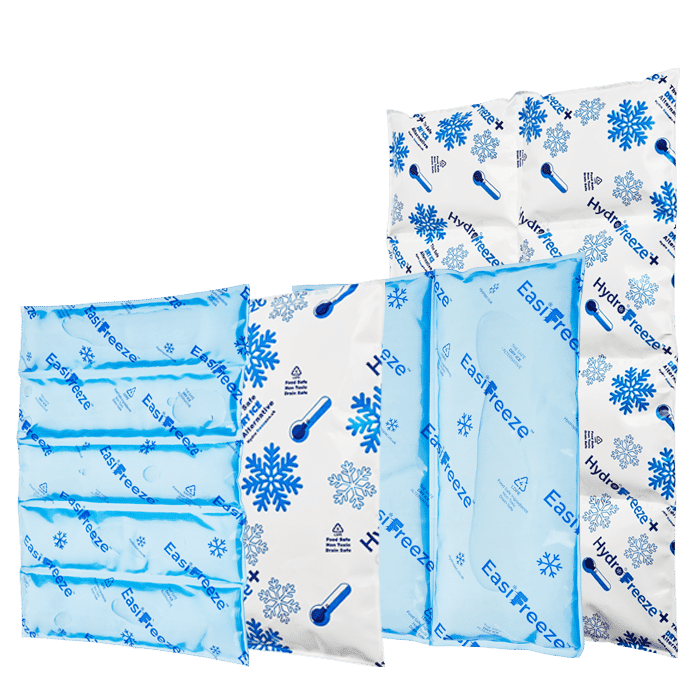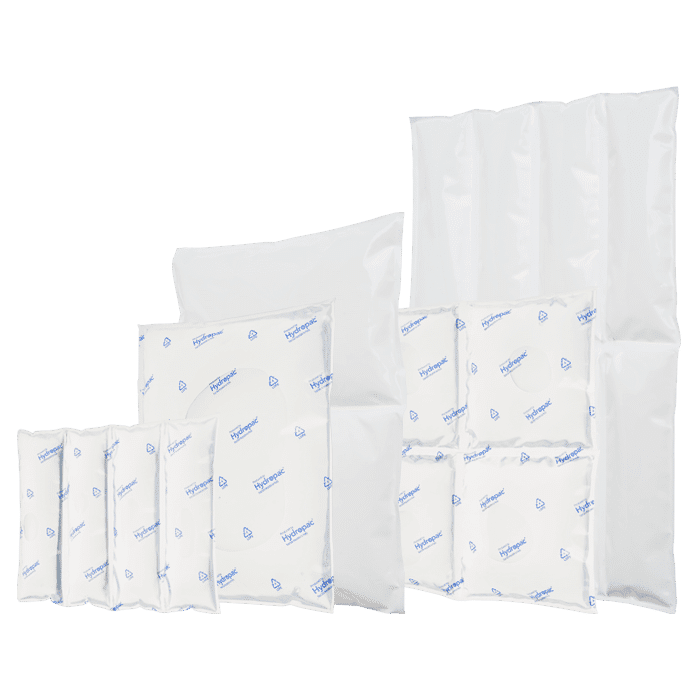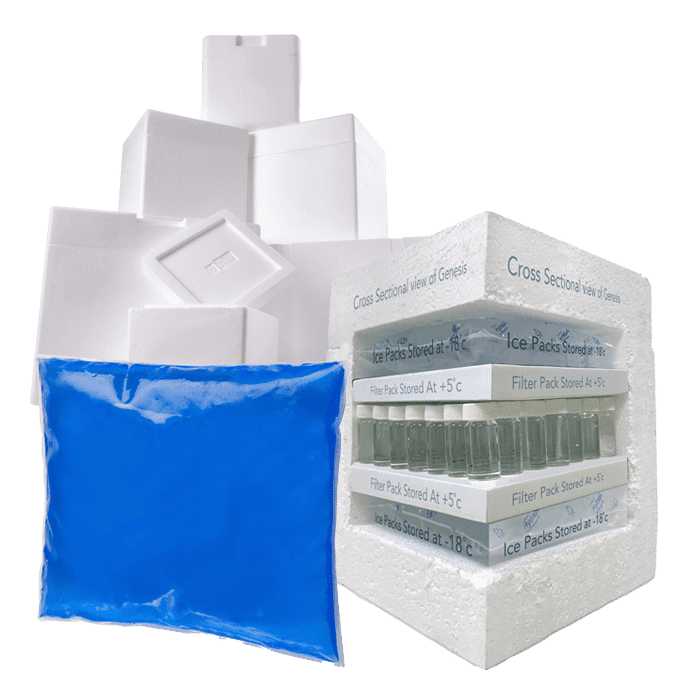Ensuring Product Integrity: Temperature-Controlled Packaging for medical products
In the fast-paced realm of medical products and pharmaceuticals, maintaining the integrity of every product from vaccines to medication is not merely a priority, it’s an absolute necessity. The journey of these temperature-sensitive medical marvels is a complex process that demands unwavering adherence to specific temperature ranges throughout the cold chain. Amid this critical endeavour, temperature-controlled packaging emerges as the unsung hero, meticulously safeguarding the efficacy and safety of these invaluable products. Temperature-controlled packaging place a pivotal-role in preserving product integrity and ultimately, securing patient well-being.
Understanding the Cold Chain: A Lifeline for Pharmaceuticals
The cold chain is the backbone of the medical industry, ensuring that every temperature-sensitive pharmaceutical remains in pristine condition from the moment of creation to the instant of use. It’s a orchestrated process that involves the unbroken, controlled storage, transportation, and distribution of temperature-sensitive products within a specific temperature range. This specialised logistics system ensures that perishable items, such as pharmaceuticals, vaccines, and biotechnology products, remain in optimal condition from the point of manufacture to the moment of consumption or use.
The significance of the cold chain not only lies in maintaining strict temperature control during storage and transportation but also in understanding the dire consequences of temperature excursions. Even a slight deviation from the specified temperature range can lead to compromised product efficacy, potentially jeopardising patient safety and overall treatment outcomes.
The risks associated with temperature excursions and their potential impact on product efficacy and patient safety
Custom chilled solutions for you
Hydropac offers every customer a customized solution for chilled and conditioned shipping. For example, we help a customer with limited freezing capacity to deliver gel packs frozen and ready to use, and we can manufacture almost all shapes and sizes of cooling elements. As a customer, you come first: we are here to help you.
Temperature excursions, even if brief or seemingly insignificant, can have profound consequences on the efficacy of medical products and, more critically, on patient safety. These deviations from recommended temperature ranges, whether during storage or transportation, pose a significant threat to the integrity of pharmaceuticals, vaccines, and other temperature-sensitive medical items. Let’s delve into the risks associated with temperature excursions and their potential impact on both product efficacy and patient safety.
Altered Chemical Properties
Many medical products are intricate mixtures with precise chemical compositions. Temperature excursions can trigger chemical reactions that alter the molecular structure of these products. This transformation can render medications ineffective, vaccines inert, and therapeutic agents potentially harmful. A product that was once a potent solution can become a diluted or concentrated blend, failing to deliver the desired therapeutic effect.
Diminished Therapeutic Potency </strong
Sustainability Hydropac and CSR
Sustainability isn’t just a trend for us – it’s a promise. As we innovate, create, and lead, we keep our planet’s well-being at the forefront. With Hydropac, you’re not just preserving the quality of your cargo; you’re contributing to a healthier world.
Experience the power of sustainable temperature assurance with Hydropac – where excellence and environmental responsibility coexist for a brighter future.




